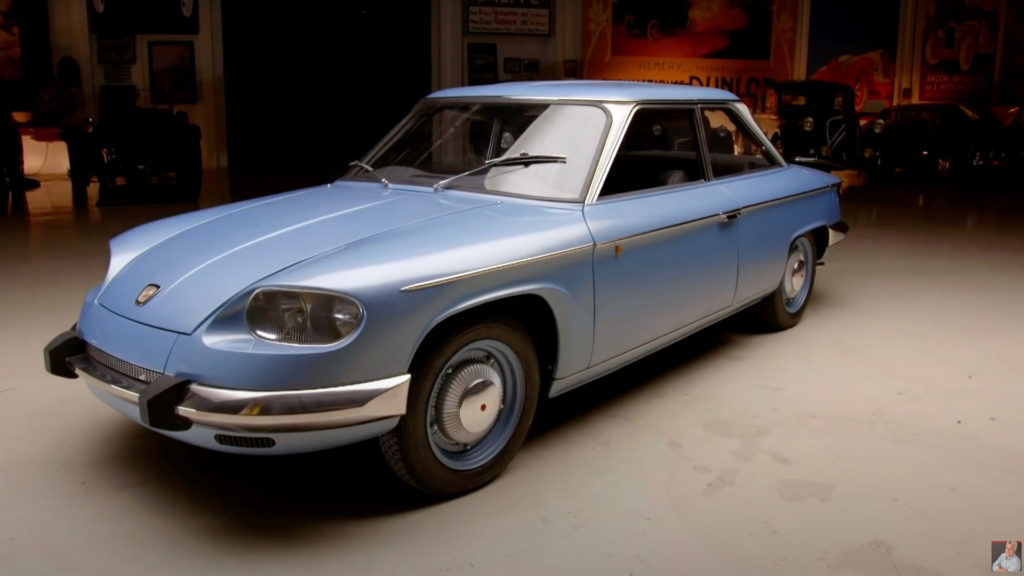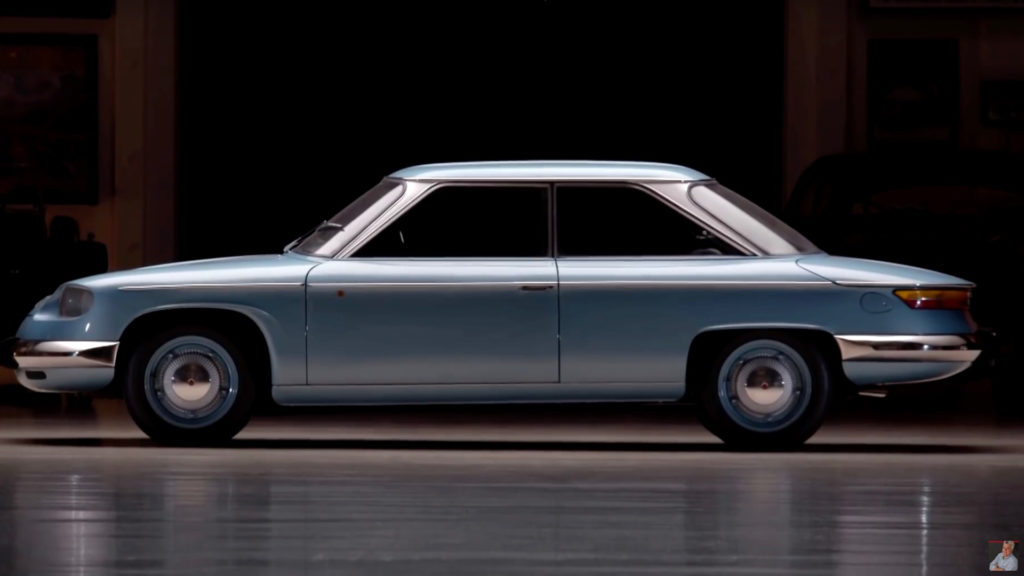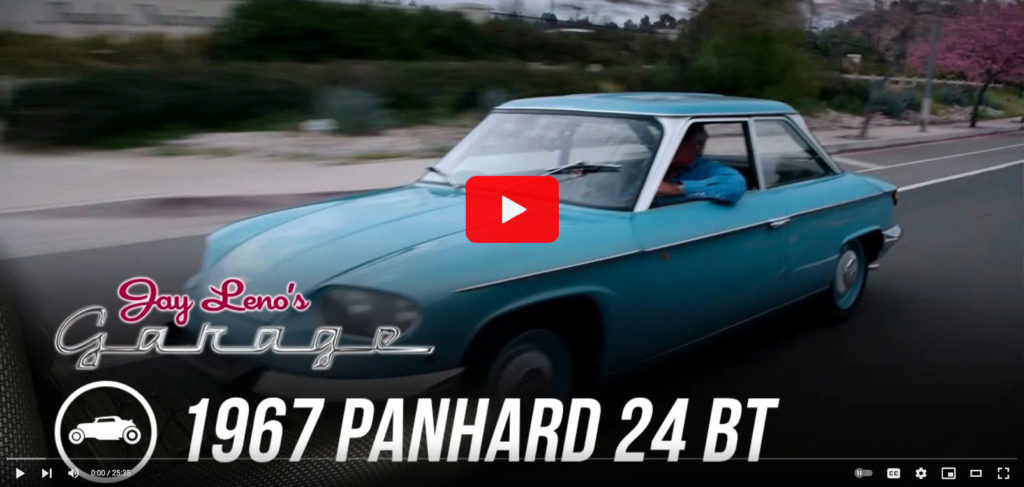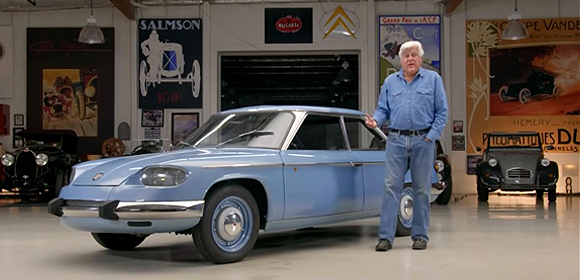When Citroën acquired Panhard in 1964 they acquired some innovate automotive technology. The crowning glory at the time, and the last automobile produced by the company was the 24 — a compact two-door coupe weighing just 1,800 pounds and powered by a front-mounted air-cooled two-cylinder 848 cc boxer motor.

In looking to upgrade their aging PL 17 model, Panhard faced strong opposition from Citroën president Pierre Bercot to any new model that could surpass their Ami 6 (based on the 2CV). Citroën took advantage of Panhard’s falling sales. Cash starved, Panhard sold ownership progressively to Citroën, (respectively to its mother company Michelin).
By 1965 Citroën had control of Panhard and commissioned their factory to assemble 2CV truckettes and the Ami 6 alongside Panhard production, which must have been very demoralizing for Panhard workers. By autumn of 1967 the civilian branch was fully absorbed by Citroën, and the marque was retired from automobile production, thus ending the short 3-year run of the 24 with 28,651 produced. From 1968 Panhard only made armoured vehicles.
With Citroën tightening the reins at Panhard while the 24 was being developed, the most likely reason that it actually made it to production was that it wasn’t a new four-door sedan, but rather a sleek coupe design (though plans were drawn for a four-door version.) There was also a proposal by the Panhard design team to fit the 24 with a new four-cylinder engine, but that was also blocked, on cost grounds, in favour of the existing Panhard two-cylinder unit.

Although the 24 had no Panhard badged successor, some of its features were influential in the development of the Citroën GS which appeared in 1970.
Jay is most impressed with his Panhard 24 BT, and shows off some of its cool features such as the exposed four-corner drum brakes that are bolted directly to the wheel rims. His was imported from France by television producer Quinn Martin, and you can watch him take it for spin here:


